Solid state relay (SSR) is a fully electronic circuit combination component that relies on the electromagnetic and optical characteristics of semiconductor devices and electronic components to achieve its isolation and relay switching functions. Compared with traditional electromagnetic relays, solid-state relays are relays that do not have mechanical components or moving parts, but have essentially the same functions as electromagnetic relays.
Solid state relays are widely used in industrial automation control, such as electric furnace heating systems, mature control machinery, remote control machinery, motors, solenoid valves, as well as signal lights, flashers, stage lighting control systems, medical equipment, copiers, washing machines, fire security systems, etc. Reliable operation, contactless, spark free, long lifespan, no noise, no electromagnetic interference, fast switching speed, achieving the goal of directly driving high current loads with small control signals.
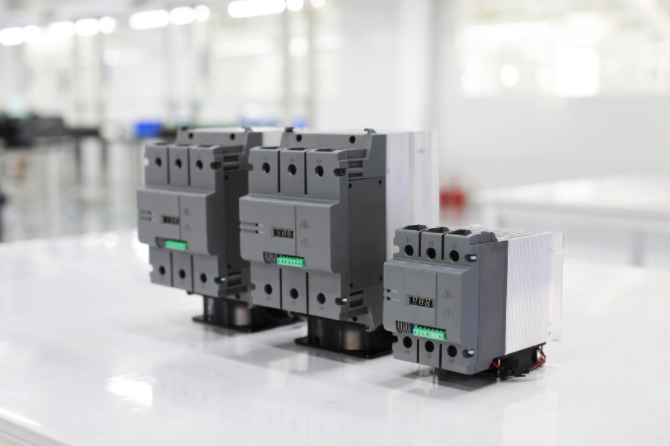
Due to the different triggering signal modes, the difference between zero crossing type and random type mainly lies in the different conditions for load AC current conduction. When an effective control signal is applied to the input terminal, the output terminal of the random type LSR load immediately conducts (at a speed of microseconds), while the zero crossing type LSR does not turn on until the load voltage crosses the zero region (about ± 15V). When the control signal is cancelled at the input end, both the zero crossing type and the random type LSR turn off when the holding current is less than, and the turn off conditions for these two types are the same. Although zero crossing LSR may cause a maximum delay of half a cycle, it reduces the impact on the load and the RF interference generated. It can obtain a complete sine waveform on the load, making it an ideal switching device and widely used in "single pole single throw" switching situations. The characteristic of random LSR is its fast response speed. It can easily change the AC working voltage of the load by controlling the phase-shift trigger pulse, and is therefore applied to precise temperature and dimming of resistive loads and some inductive loads.

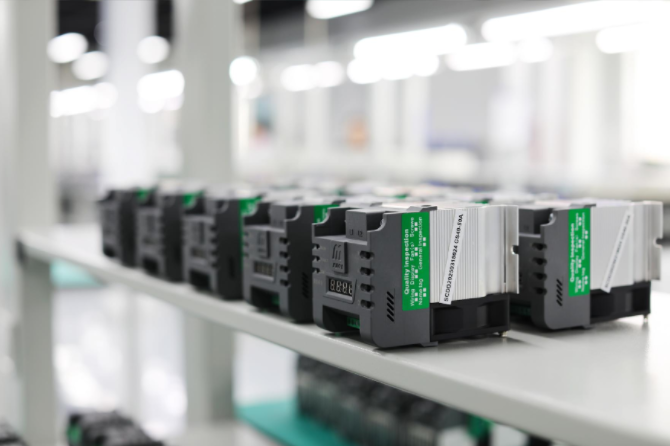
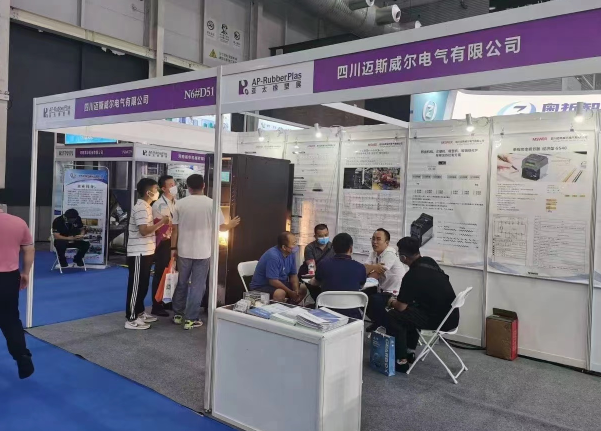
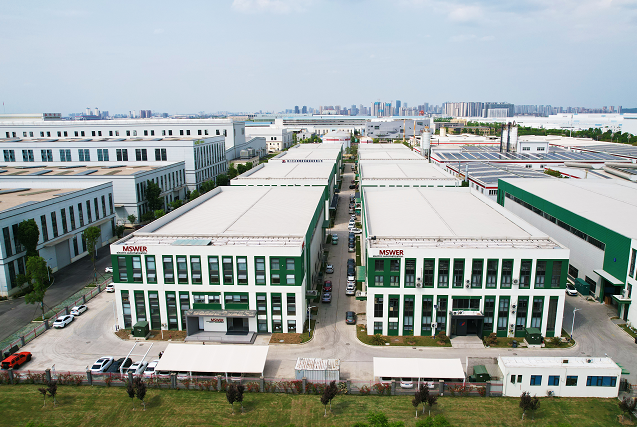
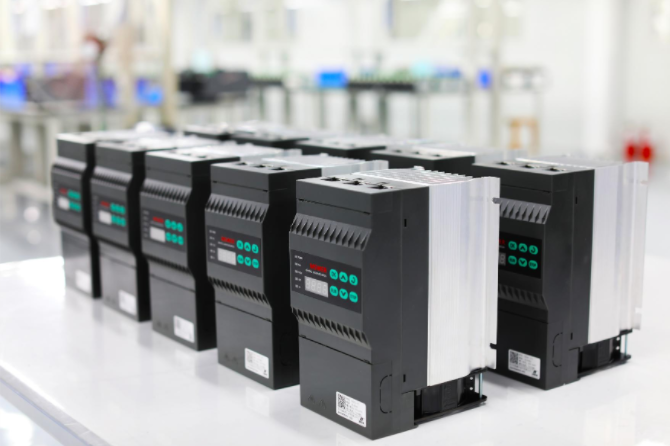




 Online
Online
 Tel
Tel